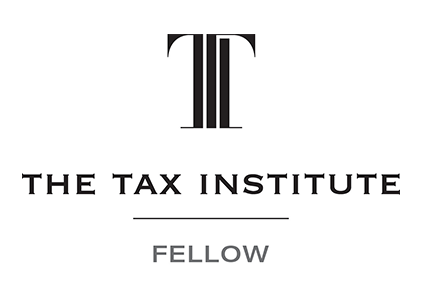
One investment option that has surfaced relatively recently, and that SMSF trustees may consider as a part of their strategy to grow their fund, is investing through peer-to-peer lending.
Peer-to-peer lending involves an investor – a trustee of the SMSF in the current case – providing funds to an online lending platform. This platform, which must have an Australian Financial Services License (AFSL), subsequently provides finances to an individual or business that requires a loan, and charges for providing that facility.
SMSF trustees considering entering into this kind of financial arrangement are reminded to take appropriate due diligence steps, but also to consider if it fits with the SMSF’s investment strategy or risk profile.
Security of the investment is another important consideration. Checking professional registers to ensure that the purported peer-to-peer lender has a license that permits them to sell that product is critical, as is checking whether they have a credit license for the borrowing side of the business. These details must be disclosed by the entity itself, even if you are able to access them via the corporate regulator’s website.
A product disclosure statement (PDS) may be a dry piece of literature, but it provides information that is essential before a trustee decides whether to take the plunge. ASIC suggests potential investors look at issues such as:
- the security of loans,
- interest rates and how they are determined
- the choice of loans, repayments, and conditions related to a defaulting borrower
- issues that can arise if a platform fails, and
- fees payable to access the service.
Other issues a potential investor should keep in mind include a borrower’s credit risk and how this is assessed by the lending platform. Is the borrower likely to default based on past credit record? Is the borrower a person that would pay the loan amount in full plus interest, based on their credit history?
A further and more significant risk in these arrangements, especially for SMSF trustees, is the source of the money changing hands. The lending platform is not lending its own money, and it can be your retirement savings that will bear the brunt if a borrower defaults.
ASIC notes that some lending platforms may advertise that they have a compensation fund that can repay some losses in the event of a default, but ASIC warns that if a lending platform has a series of defaults their compensation fund may be unable to meet all the demands.
Tax Store Accountants North Ryde.
Our Management Credentials




